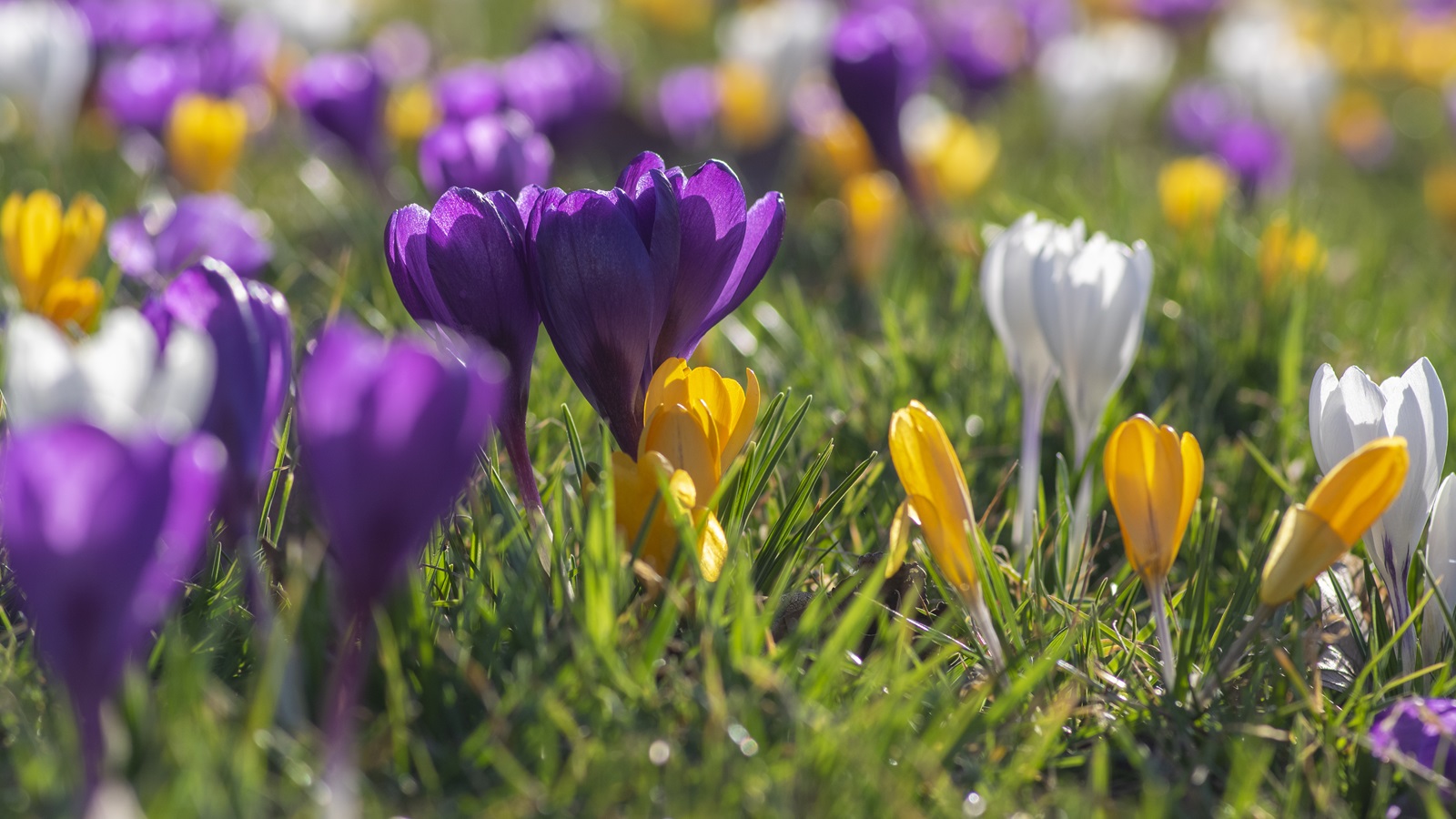
Knowing the best bulbs for naturalizing in a lawn can really transform your yard. A true seasonal spectacle, the sight of a floral carpet emerging in spring, early summer or fall is magical, uplifting and elevates any patch of grass into a kaleidoscope of color. A great opportunity to cram even more flower power into your patch, they are also an invaluable nectar source for pollinators.
Many different types of flower bulbs are suitable for naturalizing or planting a flower bulb lawn. From the earliest snowdrops, bold winter aconites through to the taller and later appearing Poet’s Daffodil and drumstick allium Allium sphaerocephalon, these mass plantings of bulbs appear as a haze of color mingled in amongst blades of grass.
Fall is the time for planting bulbs, so if you fancy adding a carpet of blooms to your lawn, it’s time to get planning. Here we share our tips on the 11 best bulb varieties for naturalizing in a lawn, so you can make the right choice for your yard.
1. Snowdrops
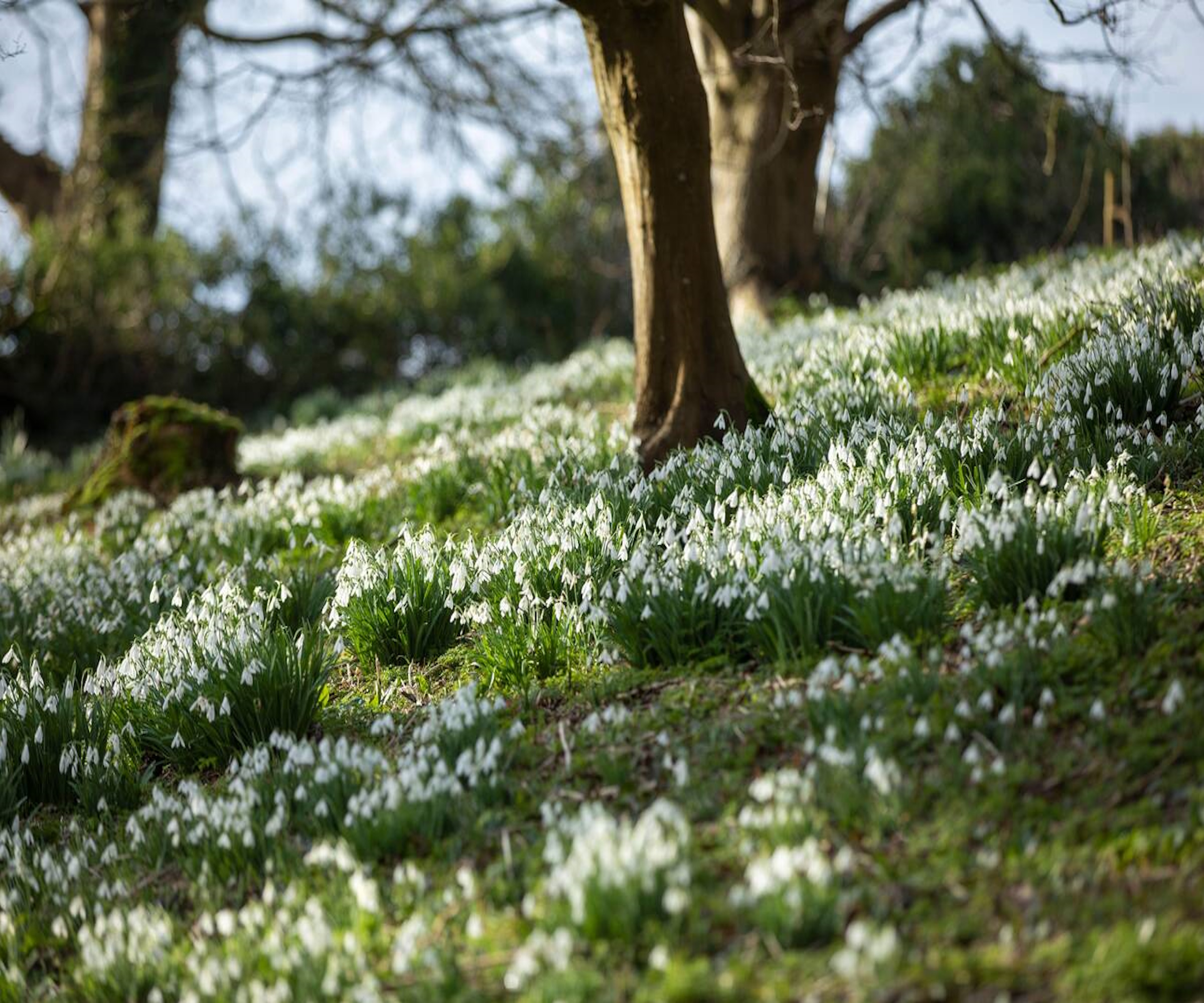
Snowdrops are a great option for creating floral carpets in areas of full to part shade. These shimmering bell-shaped blooms can brighten dingy spots under evergreen trees and shrubs. They can be a little on the fussy side to get established though.
‘The soil should be well draining, avoiding waterlogged soil and very dry soil during the summer months,’ says horticultural expert Katie Sunderlage. ‘Dig holes about 2-3” deep and space each bulb about 2-3” apart for best results. Groupings or bouquets of three to five bulbs per hole will help create a more full looking showcase in the spring.’ Alternatively, consider planting snowdrops in the green.
If you want to give a mature or newly planted display of snowdrops a boost, then a balanced feed 10-10-10 or 8-8-8 can be applied in late fall upon planting or very early spring at the first sign of sprouting. ‘Be sure to avoid cutting the lawn until the foliage has completely died back,’ says Katie.
2. Crocus
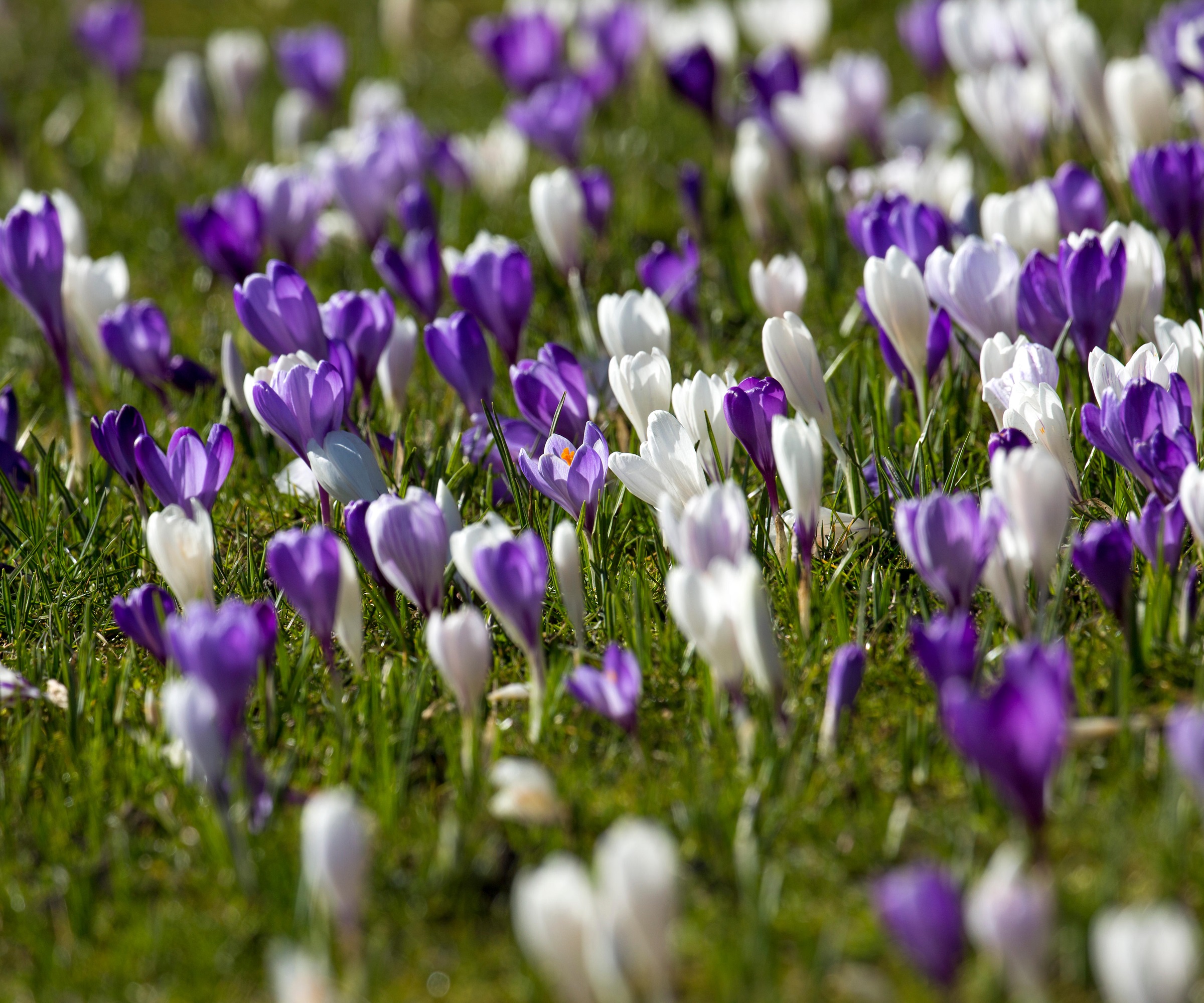
With goblet shaped blooms in a vast range of colors, from pure white and cream through to golden yellow and deepest purple, planted en masse, these upright flowers are a cheery sight.
‘Crocus are one of the first spring flowers to emerge each season blooming in early spring,’ says Katie. ‘For a lavish display choose an area in your lawn that will receive a minimum of 4-6 hours of sunlight and has good drainage. Using a bulb auger, such as this one from Walmart, or spade, plant the bulbs about 2” deep placing about 10-15 bulbs per square foot for the biggest impact.’
For best results, apply an all-purpose 10-10-10 or 8-8-8 balanced fertilizer in the fall when the bulbs - or corms - are sending out new roots before winter. As tiny underground storage units, it’s important to give these bulbs the maximum opportunity to harness energy from their leaves. To do this, wait four to six weeks after flowering before cutting the lawn to ensure the remaining crocus foliage.
3. Glory of the Snow
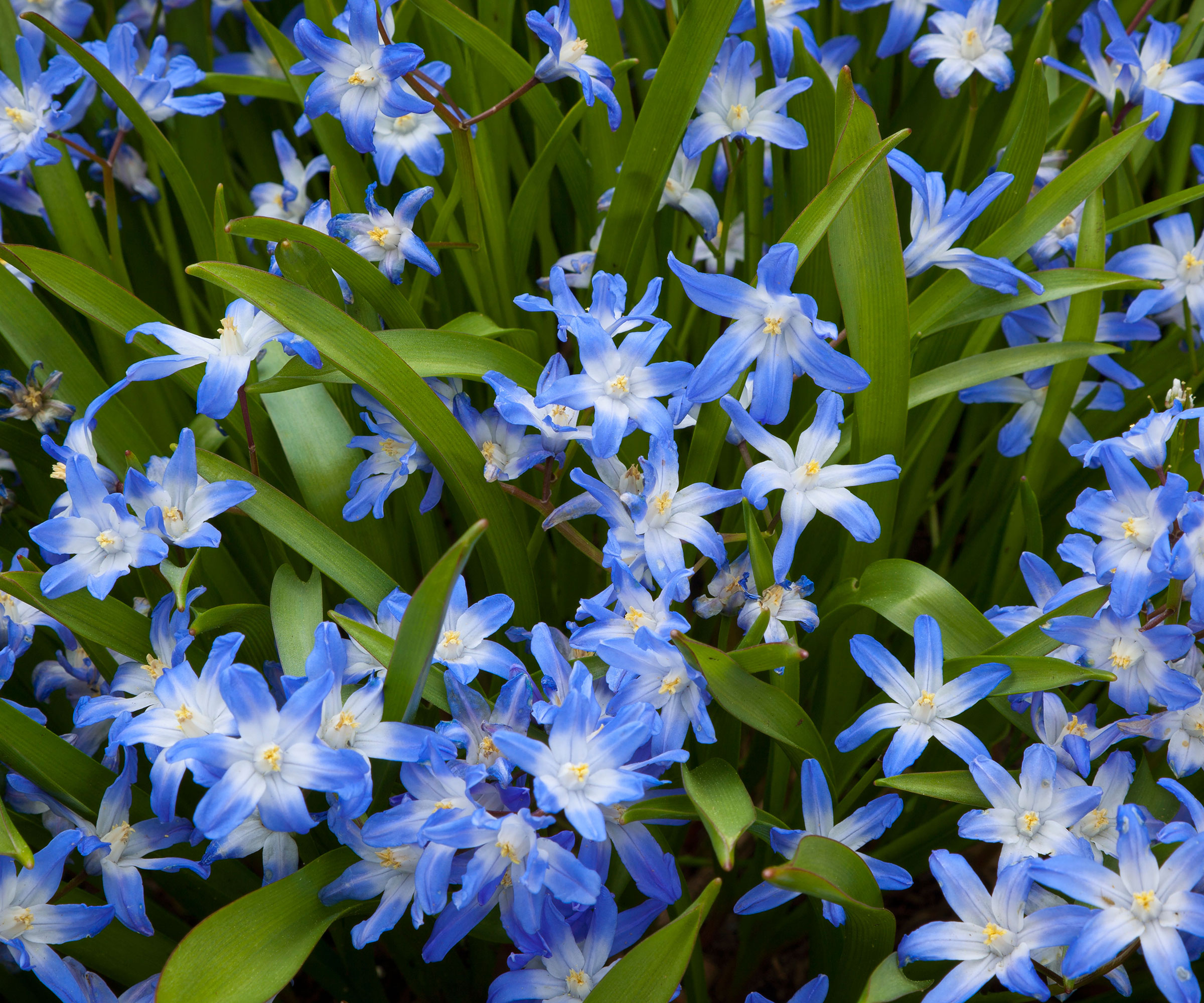
Another very early spring bloomer, glory of the snow or Chionodoxa thrives when planted in lawns. With starry white or sky blue flowers they look particularly impressive planted solo, in large clusters or drifts. Like most bulbs they prefer well-drained soil but will thrive where it’s slightly damp.
Plant these tiny bulbs two or three times their own depth, in full sun to partial shade. They will self-seed and multiply happily, steadily increasing the display each year. ‘Once the blooms are spent and the foliage is completely withered and yellow/brown, the lawn can then be cut,’ adds Katie.
This long-handled bulb planter is ideal for when you have a large number of bulbs to plant and you are worried about bending down. It measures 45.6 inches/3.8 feet. With a serrated edge, it will easily penetrate the soil, quickly digging multiple holes for your tulip bulbs - and it looks stylish too.
4. Snake's Head Fritillary
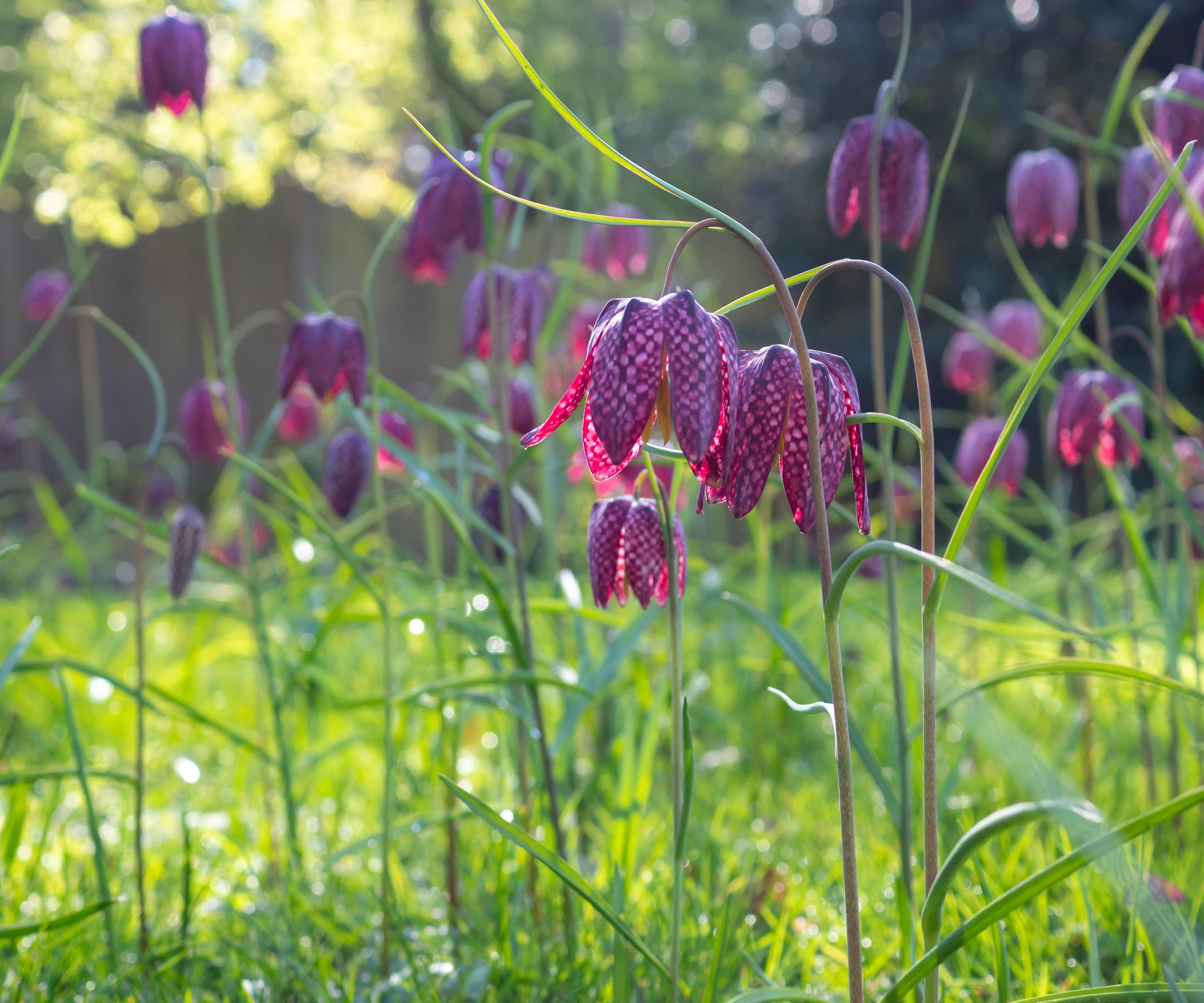
Growing up to 12 inches (30cm) high, the nodding bells of snake’s head fritillary are an enchanting sight. Their delicate bell-shaped heads hang from wiry stems, virtually disappearing amongst long grass. The petals are either an unusual plum shade or white, both with intricate tessellated markings.
‘A fun and relatively unusual choice in the United States, this Eurasian species Frittilaria meleagris has a variety of evocative names that celebrate its unique appearance – snake’s head, chess flower, and frog cup among them,’ says bulb expert Megan Foster. ‘The leaf structure is very fine and slender, blending well in lawn or meadow environments. Leave their leaves until they start to die back on their own, then you know the bulbs have gotten their dose of replenishment photosynthesis and that will improve the show next spring.’
Plant these bulbs in well-draining soil, but in an area that won’t become parched in the summer, the bulbs thrive in dappled shade, with moist not soggy soil.
5. Botanical tulips
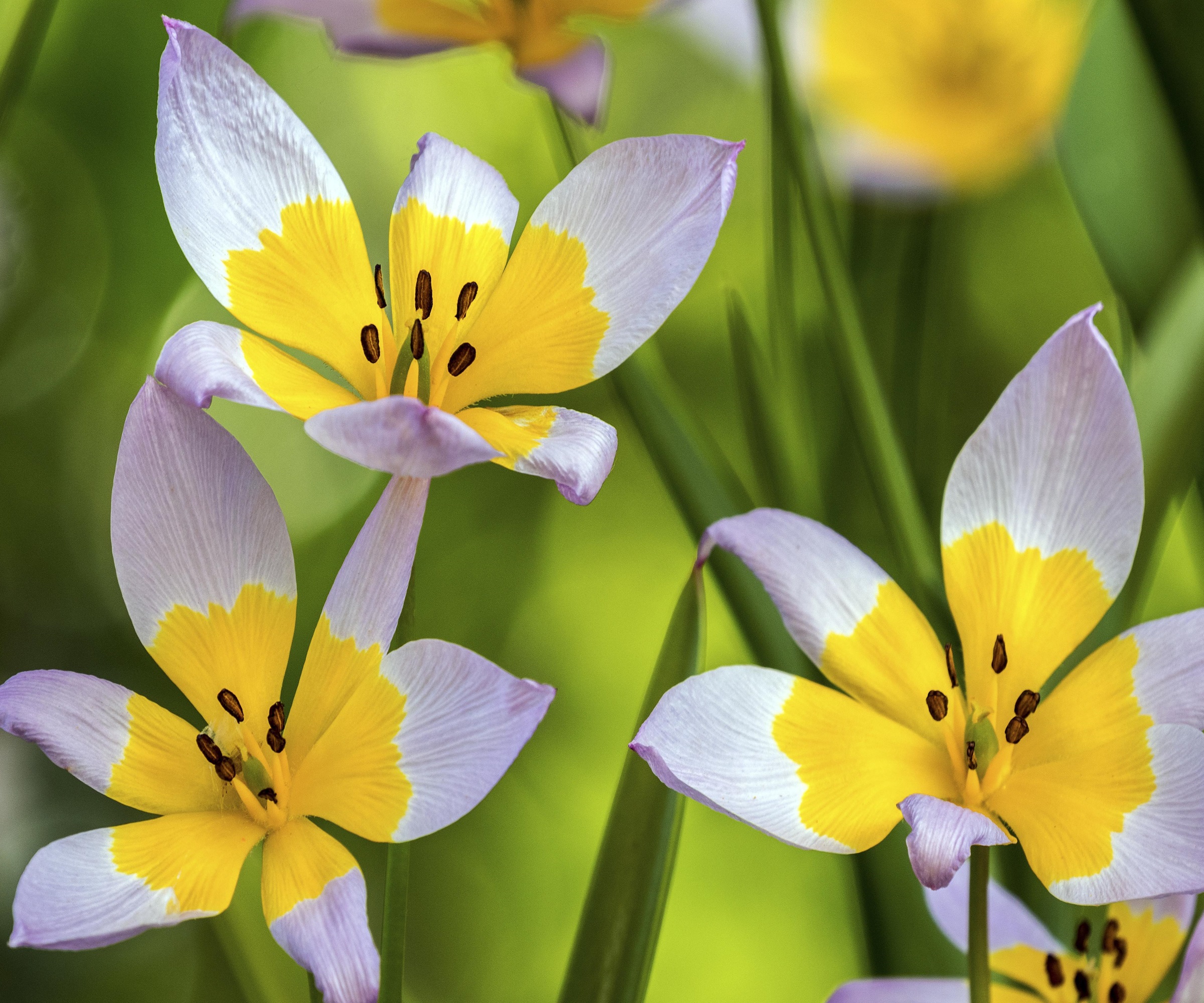
Also known as species tulips, these diminutive beauties flower earlier than larger, hybrid tulips. Elegant, with single blooms, they have a natural appeal and are less blowsy than other types.
‘Crucially, botanical tulips are perennial and will naturalize, while many other tulips will not,’ explains horticulturist, Peggy Anne Montgomery. ‘They grow about 5-10 inches tall. Don’t let their diminutive size fool you; they’re tough, and thanks to their shorter stature, they won’t blow over and break in spring storms. I have Tulipa sylvestrus in my bulb lawn, and when they bloom, I love to stand in the front yard and drink in their fragrance.’
A popular choice for naturalizing, these flowers will also attract pollinators to the yard, providing an earlier source of nectar. Ideal for brightening up drier, sunnier spots, they also work well in rock gardens where they emulate their native habitat.
‘One of the many species or botanical tulips, this T. humulis cultivar - Persian Pearl Wild Tulip - is dependably perennial unlike most tulips,’ adds Megan Foster. ‘The intense fuchsia with a golden yellow center really sets this one apart and the emergent slender stems seem to hold a tiny ruby jewel before bursting open in the spring sunshine.’
6. Poet’s Daffodils
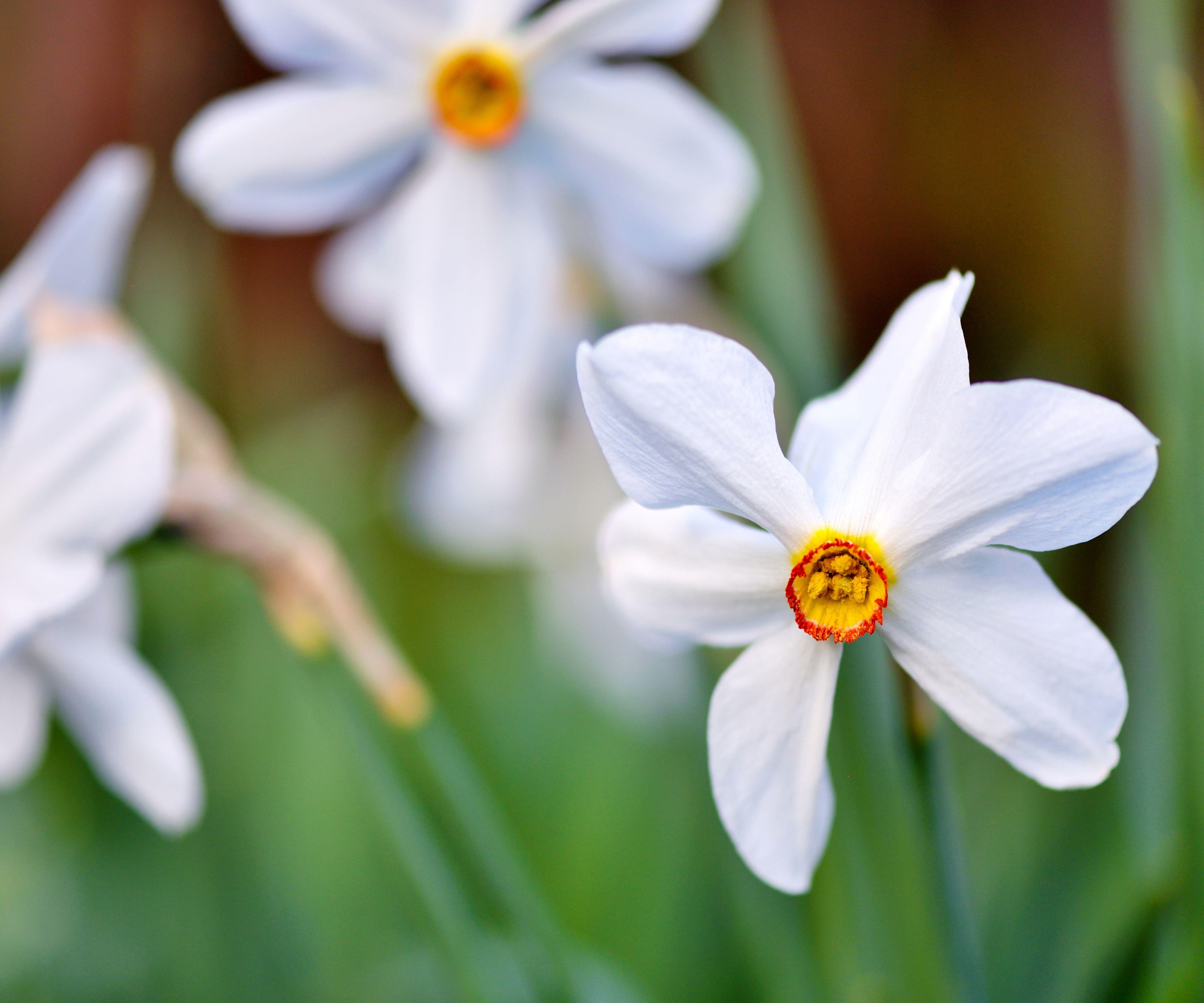
A classic and small group of bulbs, narcissus are perfect for naturalizing, these simple blooms with their short yet dramatically colored central cups have a wild and unkempt appeal. One of the oldest flowers around, it is linked to the Greek legend of Narcissus.
There are only a handful of these narcissi to choose from including Old Pheasant’s Eye. With a gorgeous lingering fragrance, its pale windswept petals are a wildly elegant sight swaying amongst long blades of grass. Team it with other spring flowering bulbs such as alliums, grape hyacinths and snake’s head fritillary for a natural and wild looking scene.
‘Actaea’ is a true heirloom that's perfect for naturalizing. ‘These dainty beauties are ideal for naturalizing bulb lawns due to their historic resilience and beauty,’ says master gardener Tabar Gifford.
‘With pure white petals and a yellow cup edged in red, this heirloom daffodil thrives in a variety of soils, forming perennial colonies that return year after year. Plant in well-drained soil about 4-6 inches deep in the fall and enjoy its sweet fragrance and vibrant blooms in late spring.’
7. Autumn Crocus
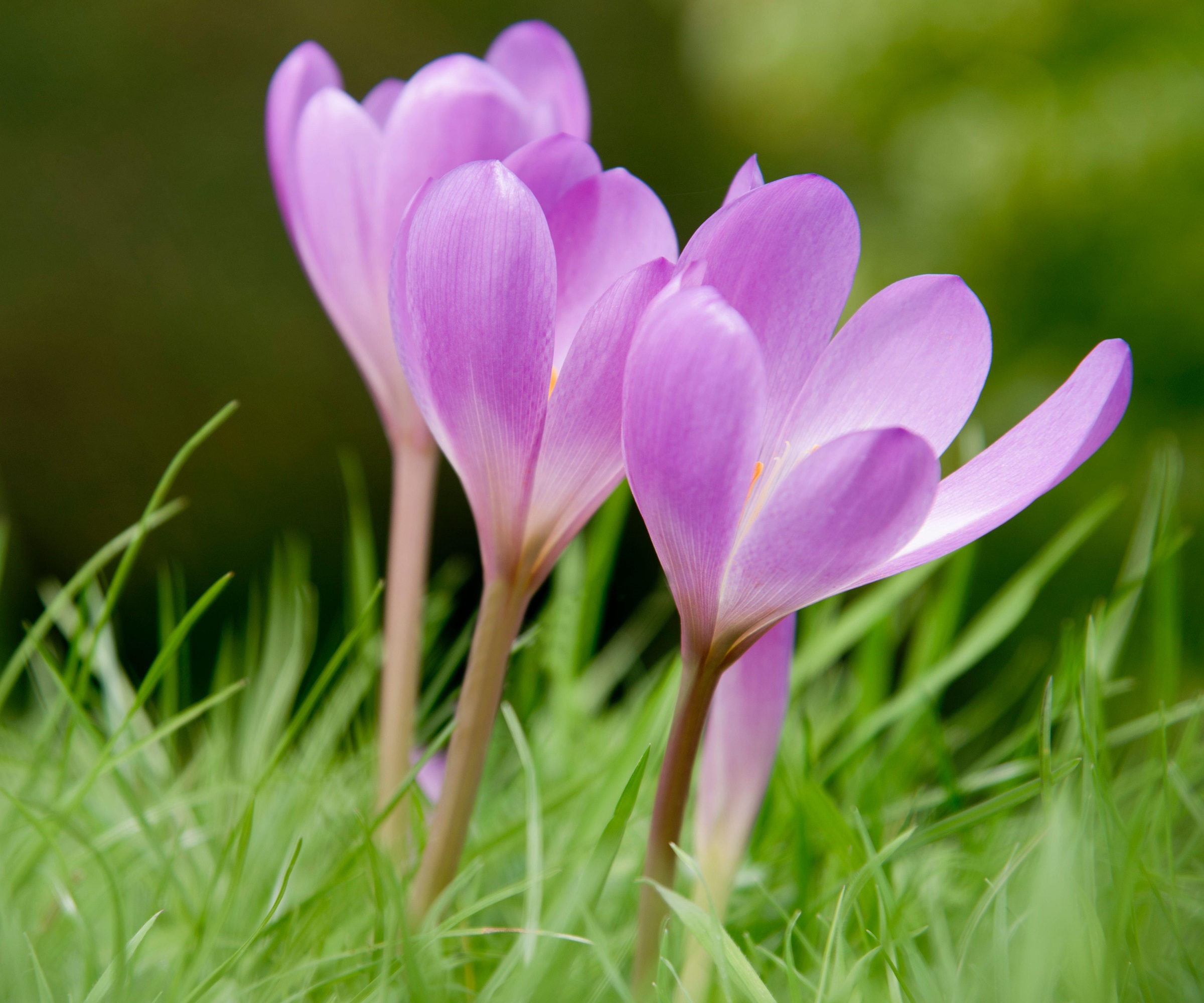
Flowering in a sunny spot from September to November, a carpet of Crocus speciosus is a sight to behold. With its violet-blue goblet-shaped blooms and golden anthers, it brings dazzling color back into the garden while little else is flowering. They are also one of the best plants for butterflies, often seeking a source of late nectar.
Quick to multiply, they will spread in poor, gritty soil, increasing the spectacle every year. Reaching heights of just 5 inches (15cm) they are ideal for planting in drifts in areas where they can be admired but left undisturbed.
As with most bulbs, crocus are popular with squirrels and will often be dug up shortly after planting, so it's well worth taking extra measures to stop squirrels from digging up bulbs.
This auger drill accessory will make it much easier and quicker to get through a mass of bulb planting without putting strain on your back. Even if you are new to gardening, this simple attachment is straightforward to use once attached to a standard 3/8-inch hex-bit drill. What's more, it's not just limited to garden work. You can easily dig holes for fences, trees and even bench umbrellas.
8. Thalia daffodils
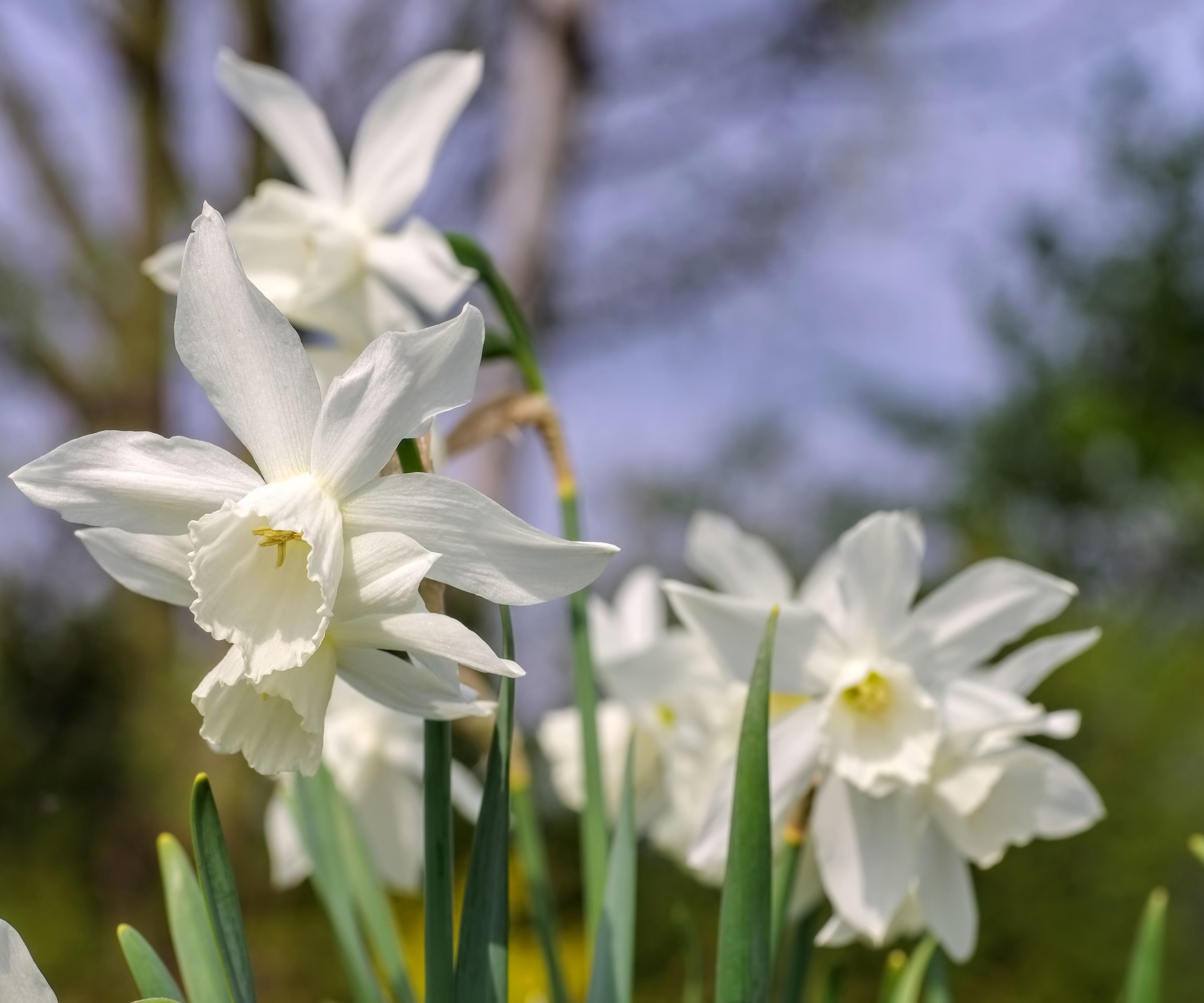
Flowering in mid spring, this type of daffodil, with its slightly twisted petals, has many admirers. Growing to heights of 13inches (35cm) it is happy in full sun or part shade.
‘Thalia Daffodils -Narcissus triandrus Thalia - are a beautiful addition to a naturalized bulb lawn,’ says Tabar Gifford. ‘With their elegant, nodding white flowers and sweet fragrance, they bring a classic, wild charm. Each stem can produce multiple blooms, making a striking display.’
Narcissus Thalia thrives in well-drained soil and is great for mass plantings or borders, blending seamlessly with a wildflower meadow or naturalized area. Tabar adds, ‘Once planted, these daffodils will return year after year, increasing in number.’ Like other naturalizing bulbs, avoid mowing until the foliage dies back.
9. Sicilian Honey Garlic
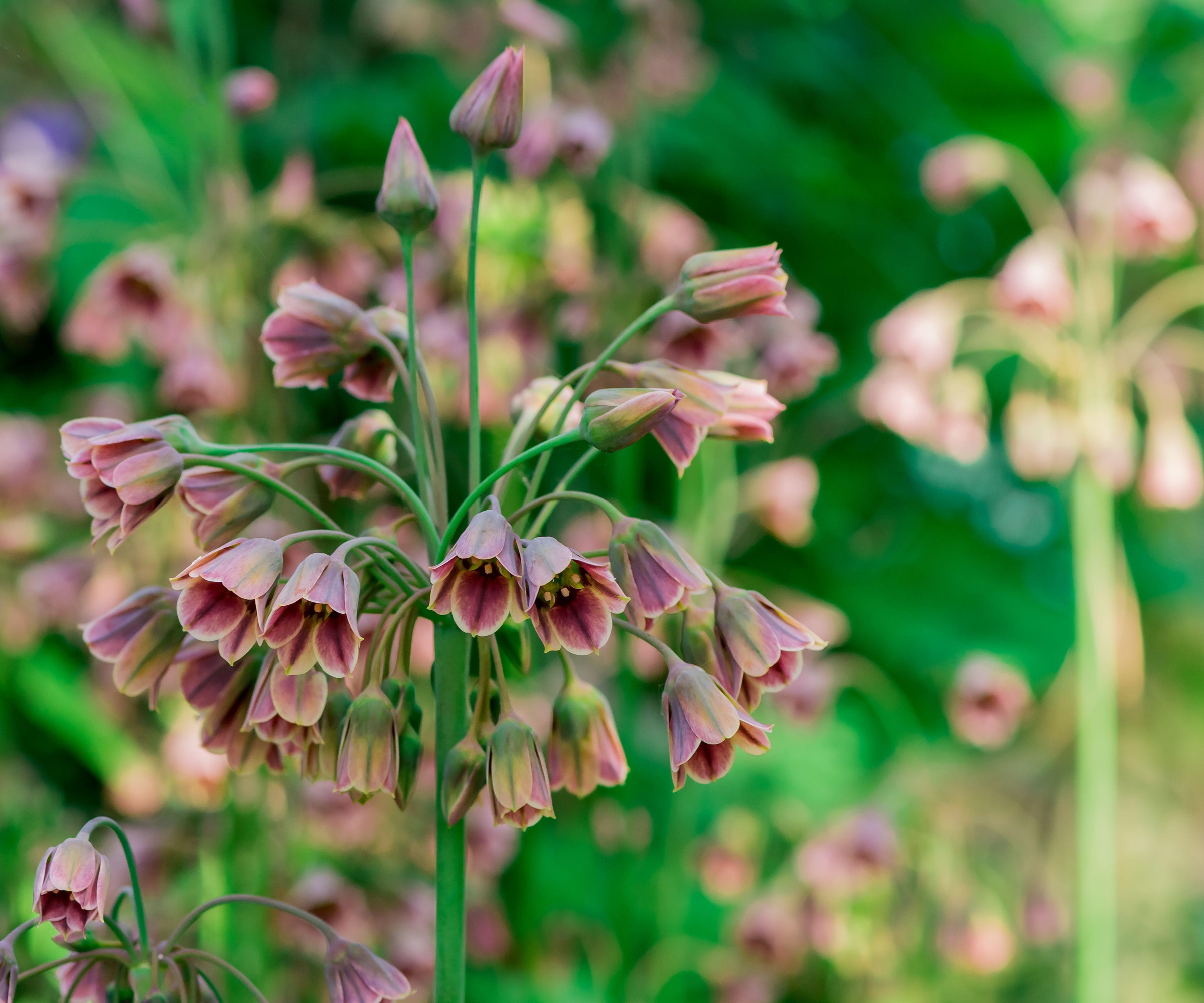
With dramatic flowerheads that splay like fireworks, Nectaroscordum siculum or Sicilian Honey Garlic is instantly recognisable. In a delicate and unusual shade of butter yellow striped with rust red, the bell-like flowers drape down from the 27-31 inch (70-80cm) tall stems. Flowering from May to June they are a striking addition to any border but also look spectacular planted informally in a lawn.
A member of the allium family, these bulbs love full sun but can tolerate some shade. They also thrive in well drained soil, so it’s worth adding a handful of horticultural grit into each planting hole, especially in heavy, clay soils. Try organic vermiculite granules from Amazon.
Over time these bulbs will become crowded and the number of blooms reduce. It this happens, once the flowers have faded carefully lift the clump with a digging fork and break apart, replanting the strongest, healthiest bulbs.
10. Winter Aconite
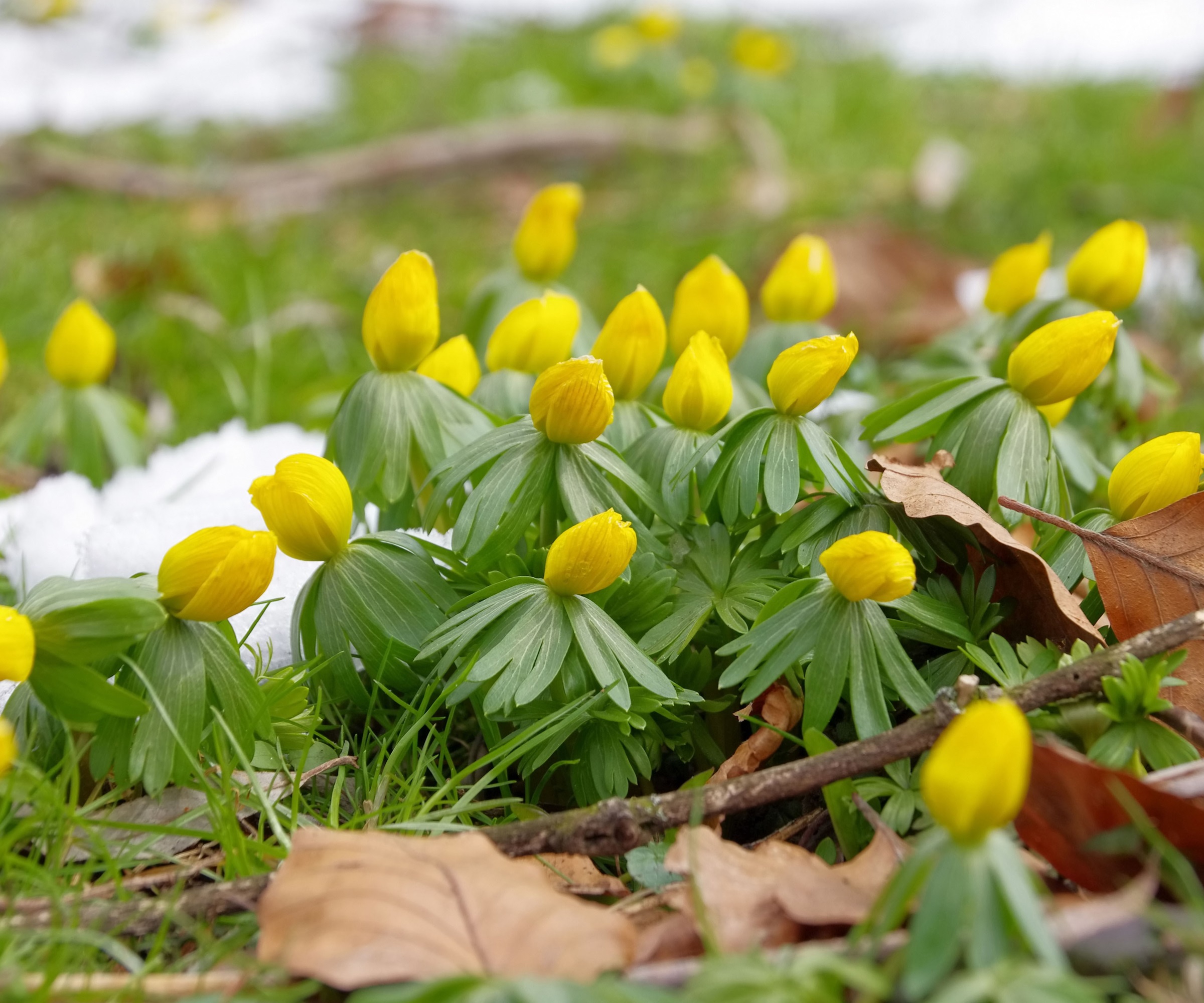
With their bright golden yellow floral cups, surrounded by a ruff of green, these little woodland gems are a cheery sight. Winter aconites are one of the earliest blooms to appear in the garden, usually in February, they hug the ground under deciduous trees and shrubs. Their sprawling nature makes them ideal for naturalizing in a shady spot. A member of the buttercup family they thrive in damp but free draining soil.
Growing from a rhizome rather than a bulb, these plants can be tricky to establish, but once they do start growing, they quickly colonize an area. Rather than planting while dormant try planting them in the green, that is as living plants lifted once the flowers have faded but while the foliage is still evident.
11. Grape Hyacinth
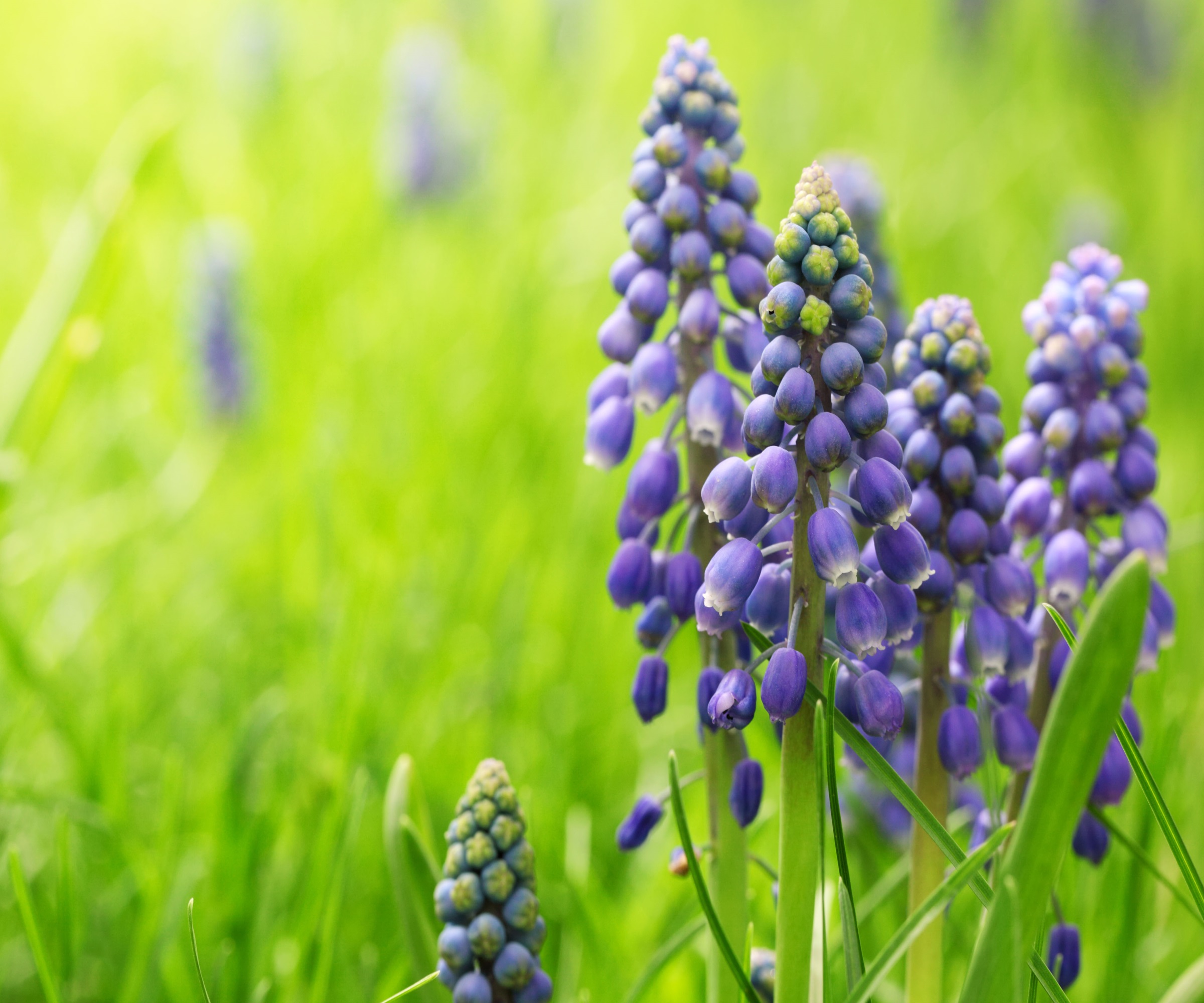
Appearing in April and May, these tiny bulbs can prove extremely resilient and will reward with vast carpets of blooms in just a few years. Brilliant planted in clumps under trees, shrubs or at the front of a border, they also look majestic planted in grass despite reaching just 2 to 4 inches (5-10cm) high.
‘Unreal blue flowers closely set together, grape hyacinth can form a veritable river of petite flowers in the lawn or edging a garden bed. They’re a classic for a reason,’ says Megan Foster.
‘In a lawn setting, you can plant them in a scatter right in the turf to create a lighter more natural effect. Over time they’ll continue to increase in blooms each spring as long as the soil is relatively well-draining, and the tops are not mown too early when they’re still catching their sunshine before summer dormancy.’
FAQs
Where should I position a bulb lawn?
As with any garden feature it’s worth taking time to consider the best position for a bulb lawn before going ahead and start planting.
‘When planning a bulb lawn, there are some factors to consider,’ advises bulb expert Peggy Anne Montgomery. ‘Be sure to plant the bulbs in a low-traffic area where they will not be disturbed while blooming. Also, be sure the location receives ample sunlight. While some bulbs can grow in the shade, most thrive in full sun.’
Another simple but clever top tip for a designer look lies in the choice of edging, Peggy Anne explains. ‘Leaving a strip of lawn 2-3 feet wide around your bulb lawn makes it look neat and intentional, even when the grass starts growing.’
If you think planting a lawn with naturalized bulbs is great idea, then try these too. Spring planters and spring window box ideas are quick and easy ways to bring a splash of seasonal color right up to the house, and equipped with these bulb planting mistakes to avoid, you'll be guaranteed show stopping results.







